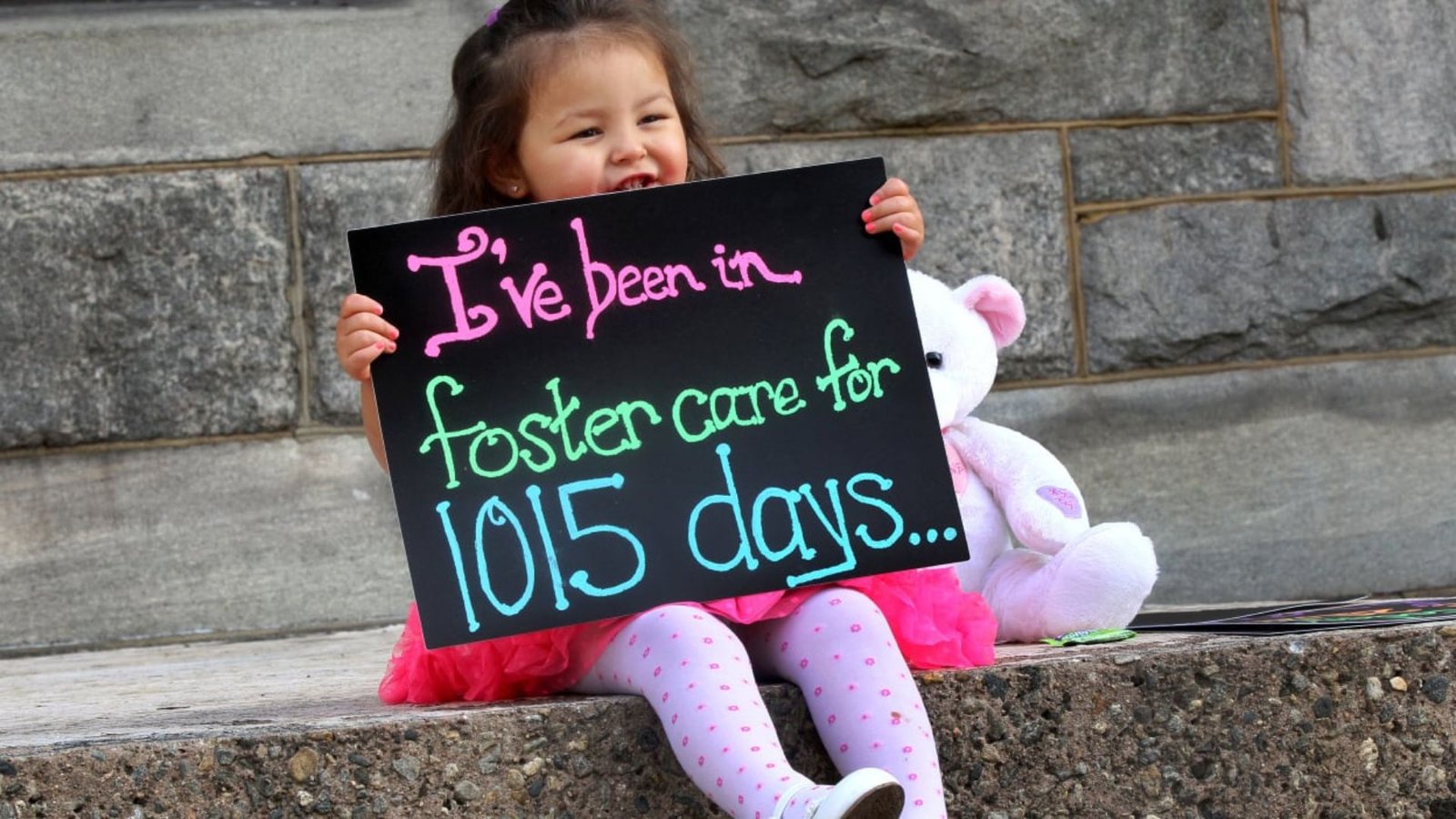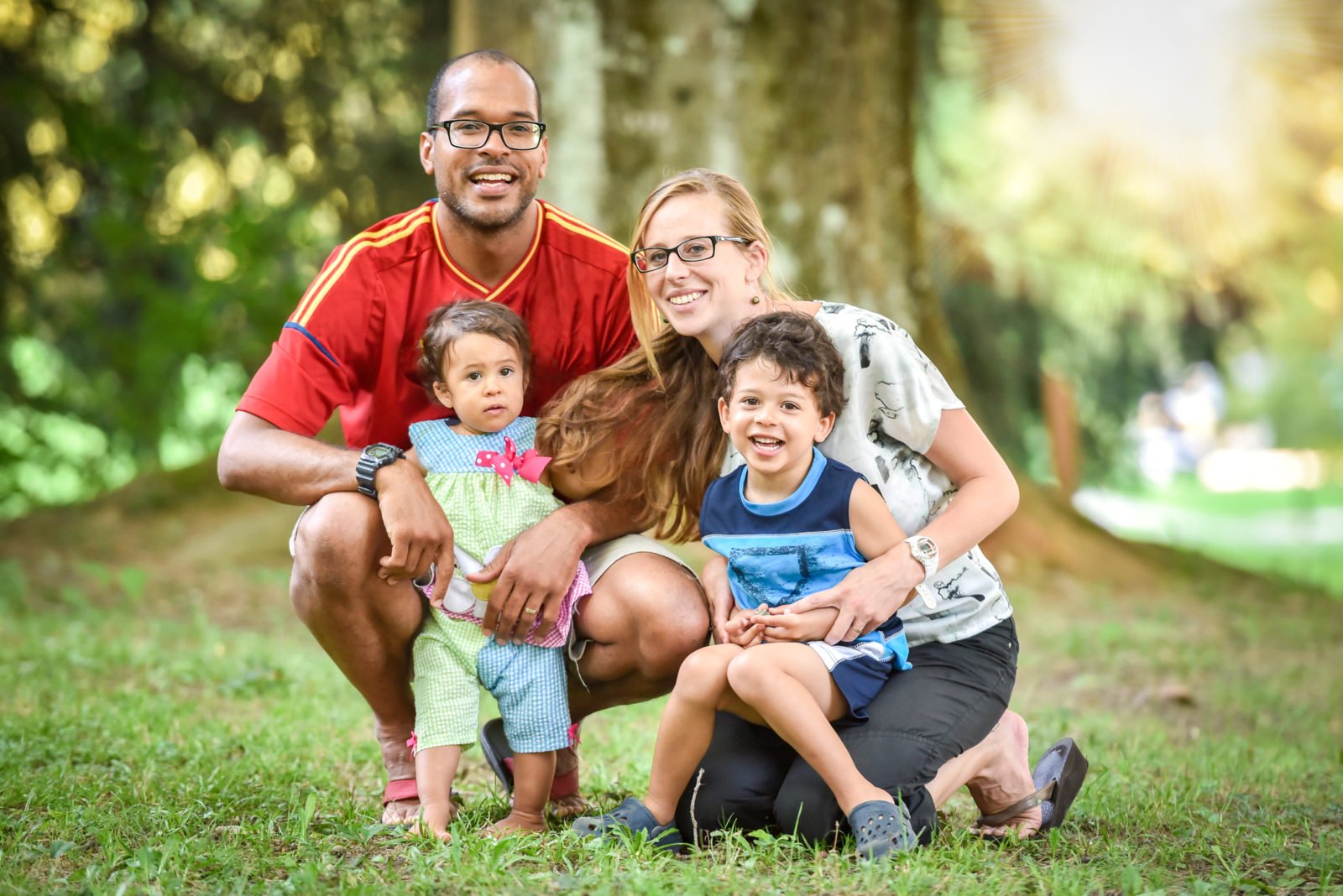The foster care system is meant to protect children, but it faces many challenges. These challenges include overcrowding, limited resources, and emotional strain on children. To improve foster care systems, we need simple but effective solutions. In this blog, we’ll explore the steps that can make a big difference for children and caregivers alike.

Provide Better Training for Foster Parents
First, we need to improve the training for foster parents. Well-trained foster parents are better equipped to care for children. They understand trauma, child development, and behaviour management. With the right training, they can create a stable, loving environment. This is vital for the child’s well-being. Better-trained foster parents also feel more confident in their role.
Increase Funding and Resources for Foster Families
Next, we must increase funding and resources for foster families. Foster care is expensive. Families often struggle to provide for multiple children. Extra funding can cover basic needs like food, clothing, and medical care. It can also help with extracurricular activities. This support reduces stress on foster parents. It helps them care for children in a more stable and healthy way.
Focus on Preventing Family Separation
Prevention is another key area. We should focus on keeping families together. Before children enter foster care, we must offer services to help struggling families. Parenting classes, mental health support, and financial aid can make a big difference. By preventing unnecessary separations, we reduce the number of children in foster care. This approach is better for the child and the family.
Provide More Stable Placement Options
Stability is critical for children in foster care. Often, children experience multiple placements. This leads to emotional strain and trauma. To improve foster care, we need to ensure more stable placements. Better matches between children and foster families can help. Keeping siblings together is also important. This stability allows children to feel secure, which is essential for their development.
Offer Better Mental Health Support
Another crucial change is to offer better mental health support. Children in foster care often face trauma. They need therapy and counseling to cope with their past. Providing these services helps children heal. It also benefits foster parents, who may need support too. Mental health services are key to improving the foster care experience for everyone involved.
Strengthen Caseworker Training and Caseload Management
Improving the training and workload of caseworkers is essential. Caseworkers play a key role in the foster care system. They manage the child’s case, monitor progress, and make decisions about placements. Unfortunately, many caseworkers have too many cases to handle effectively. To fix this, we need to reduce caseloads. Caseworkers should also receive more training in child development and trauma. This ensures that they can make informed decisions for the children in their care.
Encourage Permanency Through Adoption
Encouraging adoption is another important step. Some children will not be able to reunite with their biological families. In these cases, we must help them find permanent, loving homes. Adoption provides stability and a sense of belonging. To make this process easier, we should offer financial support and resources for adoptive families. Reducing the time children spend in foster care is key for their emotional health.
Increase Public Awareness and Advocacy
Raising awareness is vital for improvement. Many people are unaware of the challenges within the foster care system. By educating the public, we can increase support for foster care programs. Advocacy efforts can push for better funding and more resources. Additionally, we can encourage more people to consider becoming foster parents or volunteers.
Build Stronger Collaboration Between Agencies
Collaboration between agencies is essential for better foster care. Social services, schools, and health providers must work together. This ensures that children receive the best care possible. When agencies communicate and share resources, the system runs more smoothly. Coordination between agencies helps prevent gaps in care and improves outcomes for children.
Provide Lifelong Support for Foster Youth
Finally, we must provide lifelong support for youth aging out of the foster care system. Many foster children face challenges when they turn 18. They lack the skills and resources to succeed on their own. We can support them by offering career training, education, and housing assistance. This safety net helps foster youth become successful, independent adults.
Conclusion: Building a Better Foster Care System
Improving the foster care system is crucial for helping children in need. By providing better training for foster parents, offering more resources, and focusing on stability, we can make a real difference. Supporting children emotionally and mentally is essential for their growth. With these changes, the foster care system can provide a safer, more stable environment for children. Let’s work together to build a better system that helps children thrive.




